Red Borneo Kratom is a unique strain of the Mitragyna speciosa tree, native to the island of Borneo. This tropical...

What Is Kratom?: Its Uses, Effects, and Regulatory Status
The herbal drug kratom, derived from the leaves of the tropical tree Mitragyna speciosa native to Southeast Asia, is gaining increasing attention due to its psychoactive and opioid activity, medicinal potential, and controversial use. While it is praised by many kratom users for its ability to relieve chronic pain, treat opioid withdrawal, and its effects on drug metabolizing enzymes, there are growing concerns over its safety, potential for addiction, and its role in drug substitution therapy.
The Botanical and Chemical Background of Kratom
The Origin of Mitragyna Speciosa
Kratom, or Mitragyna speciosa, is a tree indigenous to countries in Southeast Asia, particularly Thailand, Malaysia, and Indonesia. Traditional societies in these regions have used kratom leaves for centuries for their stimulant effects and to alleviate pain.
Kratom Alkaloids and Their Pharmacological Effects
The active compounds in kratom leaves, known as kratom alkaloids, are primarily mitragynine and 7-hydroxymitragynine. These mitragyna alkaloids bind to the body’s opioid receptors, providing effects that range from pain relief to mild euphoria and stimulant-like physical energy. Mitragynine and 7-hydroxymitragynine are responsible for the drug’s psychoactive properties, making kratom a psychoactive drug. Additionally, kratom alkaloids mitraciliatine represent another compound found in kratom leaves, suggesting potential pharmacological effects that further contribute to kratom's diverse chemical profile.
Kratom Forms and Products

Kratom products come in various forms, such as powdered kratom, kratom powder capsules, and liquid extracts. Bali kratom is one popular strain among regular kratom users. They are often marketed as dietary supplements or herbal drugs and are claimed to be promising medicinal plants for pain relief and opioid withdrawal treatment.
Kratom's Therapeutic Potential and Risks

Pain Relief and Opioid Withdrawal Management
Research suggests that kratom ingestion may relieve pain and help individuals struggling with opioid withdrawal symptoms. It interacts with the mu opioid receptors in the brain, providing pain relief similar to opioid drugs but without the same level of respiratory depression. This has led some to advocate for kratom’s role in opioid addiction treatment and drug substitution therapy.
Substance Abuse and Dependence
Despite its potential benefits, kratom use raises significant concerns, particularly for individuals with a history of substance use disorder. This group is at a heightened risk of experiencing a relapse when using kratom, given its addictive properties. Some individuals develop a kratom use disorder, characterized by cravings and an inability to control usage. Higher doses, especially over long periods, can lead to kratom dependence, with withdrawal symptoms including nausea, irritability, muscle pain, and insomnia. Moreover, the limitations in insurance coverage for detox and rehabilitation treatment for kratom use, due to it not being widely recognized as a substance use disorder, further complicate the situation for those seeking help.
Other Adverse Effects and Drug Interactions
High doses of kratom or interactions with other drugs can cause adverse effects like anxiety, dizziness, hallucinations, and liver toxicity. Cases of kratom exposure have been reported where users experienced harmful reactions after taking kratom with other substances. Kratom dependence has also been noted in some users, leading to kratom withdrawal upon cessation.
Potential for Psychoactive Plant Abuse
As a psychoactive plant, kratom abuse poses risks similar to other psychoactive drugs. The U.S. Drug Enforcement Administration (DEA) has expressed concerns over kratom’s potential for addiction and misuse, especially among individuals with substance use disorders.
The Regulatory Landscape and Public Health Concerns
Kratom Legal Status and Regulation
In the United States, kratom's legal status remains a contentious issue. While the DEA attempted to classify kratom as a Schedule I controlled substance, strong public outcry led to the decision being halted. Instead, the Food and Drug Administration (FDA) has been monitoring kratom products due to reports of salmonella infections linked to contaminated kratom powder.
Research and Mental Health Services
The lack of comprehensive kratom research means health professionals are uncertain about the long-term effects of kratom use. As a result, addiction medicine specialists and mental health services approach kratom use disorder cautiously. The lack of standardized regulations for kratom products raises questions about their purity, quality, and safety.
Neonatal Abstinence Syndrome and Other Public Health Risks
Kratom use during pregnancy has been associated with neonatal abstinence syndrome, a condition where infants experience withdrawal symptoms similar to those seen with opioid addiction. Furthermore, some kratom blends, such as the herbal blend krypton, have been linked to severe side effects due to contamination with synthetic drugs.
Summary
Kratom remains a controversial and polarizing substance in the realms of addiction medicine and drug and alcohol dependence. While research suggests it has potential therapeutic uses for pain relief and opioid withdrawal, the lack of clear regulation and potential adverse effects leave questions about its safety and efficacy unanswered. Comprehensive kratom research is essential to understand better its role in addiction treatment and to ensure that this promising medicinal plant is used responsibly and safely.
Discover the finest Kratom at Speakeasy Kratom, your trusted source for premium quality and purity. Elevate your wellness journey with lab-tested, ethically sourced strains tailored to your unique needs. Shop now and experience the difference today!
Kratom Frequently Asked Questions
What is kratom, and how is it used?
Kratom, derived from the leaves of the Mitragyna speciosa tree native to Southeast Asia, is an herbal substance traditionally used for its stimulant and pain-relieving effects. It is commonly consumed as kratom powder, capsules, or extracts and is sometimes brewed as a tea. Kratom is believed to have psychoactive properties, offering relief for chronic pain, physical energy, and mild euphoria.
Is kratom effective for managing opioid withdrawal symptoms?
Some kratom users find relief from opioid withdrawal symptoms, citing its potential as a substitute for opioid drugs. Its alkaloids, primarily mitragynine, and 7-hydroxymitragynine, bind to mu opioid receptors, offering pain relief without the severe respiratory depression linked to traditional opioids. However, more research is needed to establish its safety and effectiveness for treating opioid addiction.
What are the potential risks and side effects associated with kratom use?
Regular kratom use, especially at high doses, can lead to dependence and withdrawal symptoms, such as nausea, muscle pain, and irritability. Other adverse effects include anxiety, dizziness, hallucinations, and liver toxicity. Furthermore, kratom's interaction with other drugs can result in harmful effects, making it essential to consult healthcare providers before use.
Is kratom legal, and how is it regulated?
Kratom's legal status varies worldwide. In the United States, the Drug Enforcement Administration (DEA) and the Food and Drug Administration (FDA) are monitoring its use due to reports of contamination and misuse. While some states have banned kratom, it remains legal in others. Consumers should check their local regulations and seek lab-tested products for purity and quality assurance.
Is kratom addictive, and how can one use it safely?
Kratom can be addictive if used excessively or for long periods. It has the potential to cause cravings and withdrawal symptoms in some users. To minimize risks, individuals should use kratom at low doses, avoid mixing it with other psychoactive substances, and consult healthcare providers if they have a history of substance abuse or health conditions.







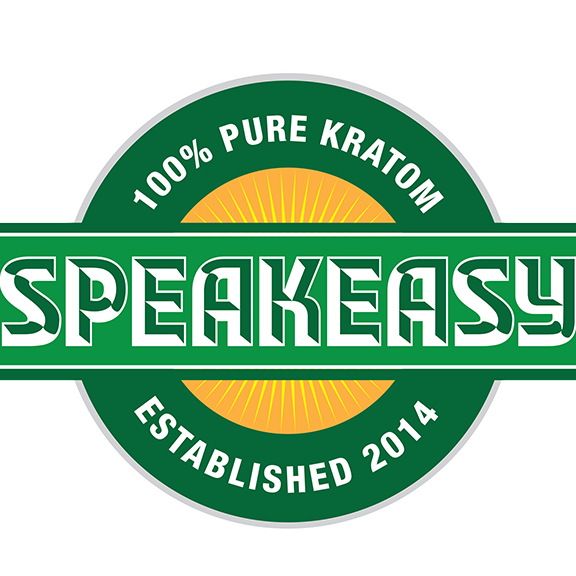
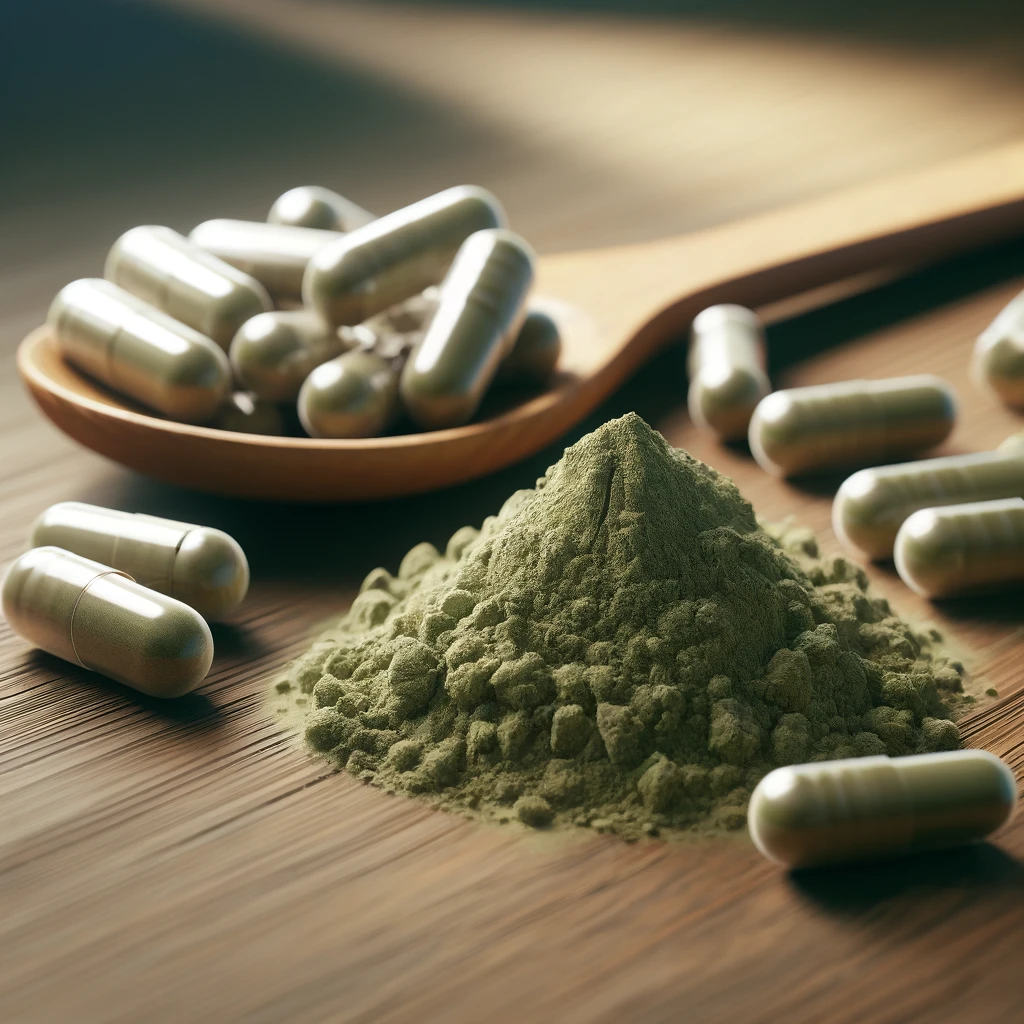


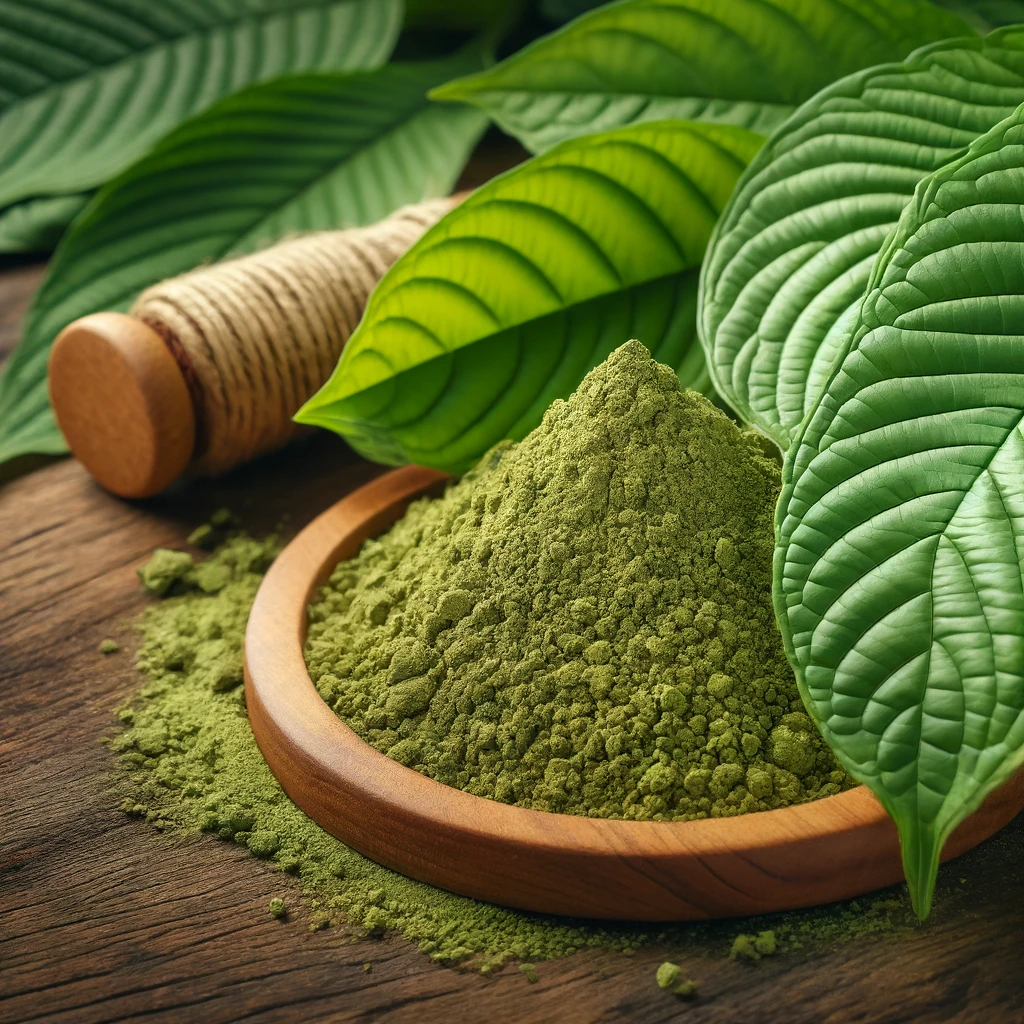
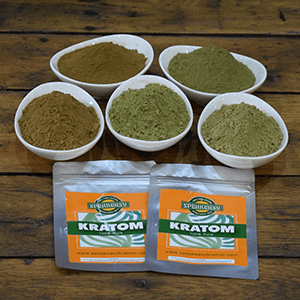

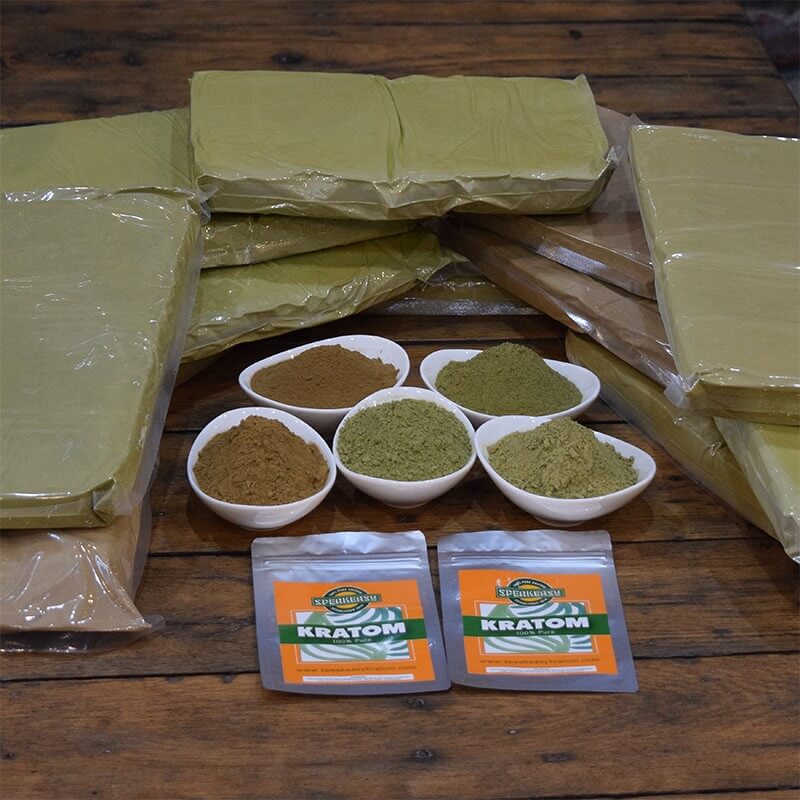
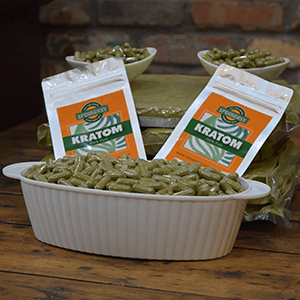

Leave a comment